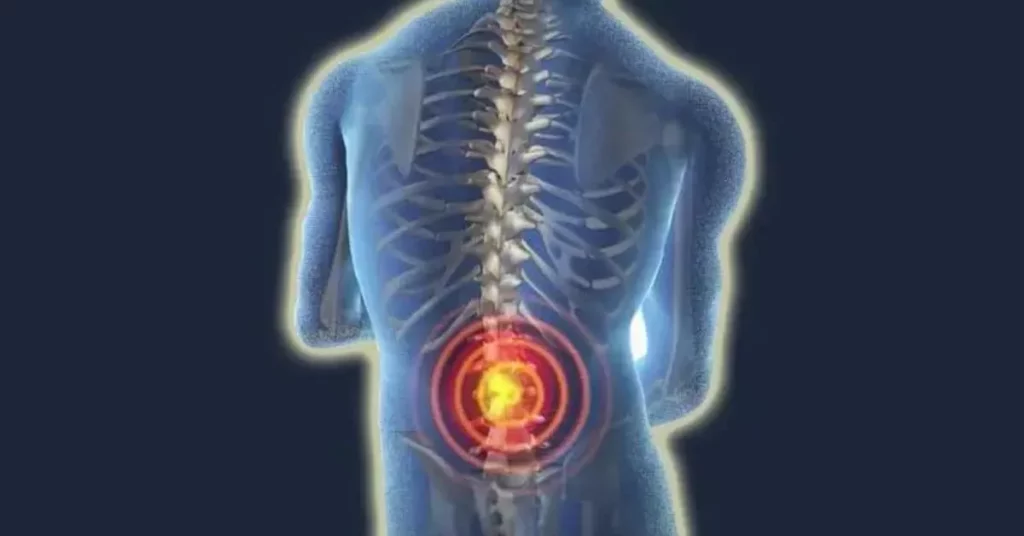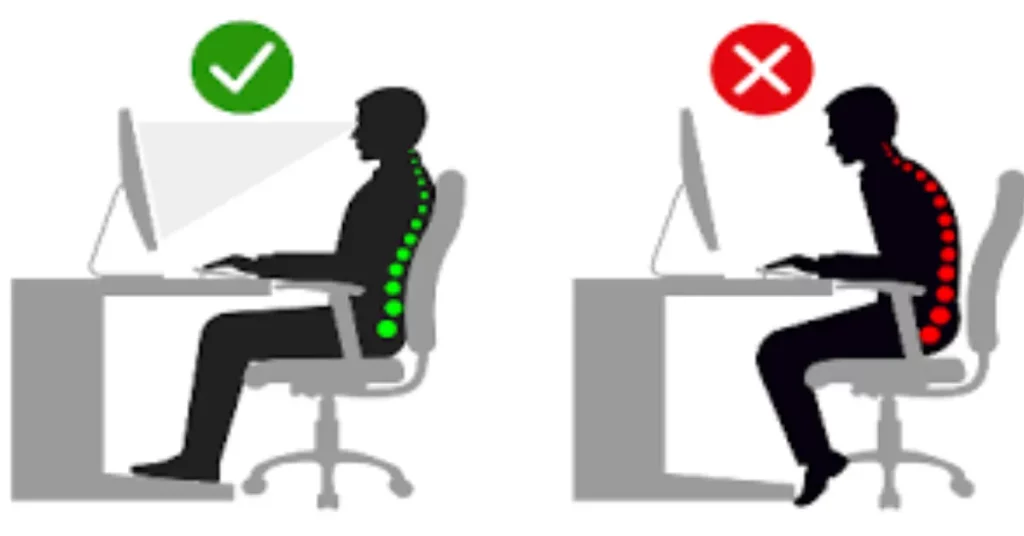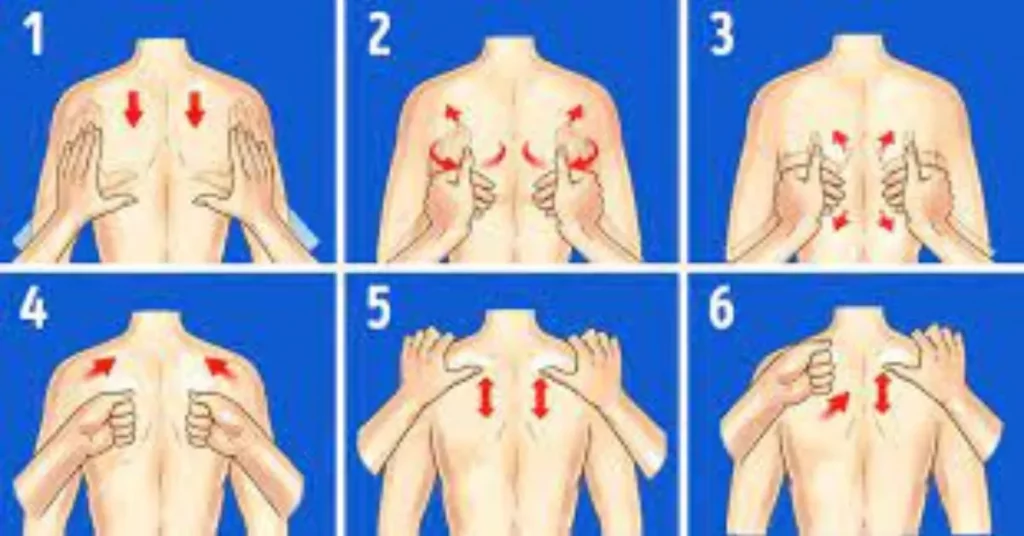Lower back pain is the most recurrent reason for seeking medical leaves and visiting the doctor. It can cause extreme discomfort. It is even enervating at times. Wanna know about the best sitting positions for lower back pain? Be sure to go through this article.
A backache can be caused by poor posture, sleeping on a chair while sitting upright, using furniture which does not have adequate lumbar support, craning the neck while watching TV or using the computer, long driving sessions, sitting or standing for a long time, lifting something that is heavy, and bending uncoordinatedly. Over exercise or exercising without warming up may also cause lower back pain.
Sitting for extended periods is one of the primary reasons for lower back pain. The modern workplace does not allow a lot of movement. You need to sit for long periods in the same posture. So if you don’t know the process of making your chair comfortable enough for you, prolonged sittings may cause problems to your back in the long run.
However, the human is not designed to be seated for long periods. Sitting may cause Sciatica, Arthritis, Osteoporosis, Scoliosis, and swelling or rupture of the spinal discs. So, all these terms might have left you thinking ‘what is the best sitting position for lower back pain?
After reading this article, you will come to know about the best sitting positions for lower back pain. This article consists of a detailed description of the causes of lower back pain, its remedies, and the methods to cope with lower back pain. Read on to know the techniques of alleviating your lower back pain while you are sitting.
Causes of lower back pain
If you are wondering how to relieve lower back pain, then here is your answer.
The anatomy of the human body is complicated. It consists of ligaments, muscles, bones, and tendons. These structures work in coordination to provide adequate support to the body and enable us to move. Issues related to lower back pain may occur from strain or damage to one of these structures.

Lower back pain causes include:
● Improper movement and posture: Improper posture in daily activities may result in severe diseases. Examples of improper posture are hunching while sitting, bending over awkwardly, lifting heavy load while bending to one side, sitting or standing for a long time, sleeping on a mattress or such furniture which does not support the back, muscle tension and twisting.
● Strain: Strain, tension, or injury in the muscles may result in a severe backache. Muscle tension, strained muscles, muscle spasms, injuries, and damaged discs may lead to acute lower back pain. Sitting for an extended period may increase a backache.
● Bulging or rupturing of the spinal discs: If spinal disc bulges or ruptures, then it will pressurize the nerve resulting in lower back pain.
● Sciatica: If there is a sharp pain in the lower back which continues till the back of the legs, then it may be caused by a herniating disc constricting a nerve.
● Kidney problems: Kidney stone or infection in the kidney can be a significant cause of lower back pain.
● Osteoporosis and osteoarthritis: These diseases result in the weakening of the bones. They become fragile and porous which makes them prone to injuries and compression fractures.
● Arthritis: Arthritis may debilitate the joints of an individual. It may cause severe problems with lower back, hips, and other parts of the body. It may also lead to spinal stenosis, in which the space surrounding the spinal cord may become confined.
● Inadequate curvature of the spine: If the spine curves abnormally due to some reason, then you might suffer from severe backache. In Scoliosis, the spine bends over to one side.
Other medical conditions which might lead to lower back pain include Shingles, Sleeping Disorders, Pelvic inflammatory disease, spinal infection, or spinal cancer.
How to cope with lower back pain while sitting?
Lower back pain may cause a lot of complications. So, if you should sit only for 10 to 15 minutes, ensure that you sit on a chair with adequate lumbar support. You should use a stool to allow your legs and feet to relax. Crossing your legs may intensify your lower back pain so ensure that your feet lie flat on the floor.
If you want to master the best sitting position for lower back pain, then read the points given below:
● Lean on your chair entirely so that your back touches its rear: Supporting your lower back is essential if you want to reduce your lower backache. You should hold yourself up so that your chair can support the curvature of your back. If your chair does not have proper support, you can add a pillow to the chair so that it can support your lower back. You can also use the pillow for keeping ice-packs or a hot-water bag to reduce your pain.
● Always pick a chair with a high-back, sturdy chair with proper armrests: You should ensure that you set your chair before sitting on it. Most people tend to sit on a chair before adjusting it because they assume that the chair is still in the position that they left it in. Adjusting your chair can reduce your lower backache and the discomfort associated with strain in the back muscles.
● A soft couch will not support your back: A couch may be suitable for you to relax for, but it is not appropriate for sitting upright for a long time or sleeping. If you tend to fall asleep on your couch, then you should be careful because it might pressurize your back muscles, and bones resulting in severe diseases.
● While at work, you should adjust the height of your chair so that you sit close to the computer: If your job involves a lot of typing, then you should ensure that your wrists and forearms are not bent at awkward angles. They should be straight and parallel to the floor. Your elbows should be at an optimal distance from your body and form they form an L-shape at the joint. Focus on keeping your shoulders relaxed. They should not steadily rise towards your ears or slouching completely.
● If you have a rolling chair, do not turn your waist: Twisting your waist at awkward angles may increase your back pain so you should turn your entire body while you are sitting on such chairs. Change the position of your back at constant intervals so that your back is not strained.

● If you want to stand up from a sitting position, do not bend forward at your waist: When you need to get up, do not put sudden pressure on your lower back. Straighten your legs first and then stand up slowly. After standing up, you can do up to ten backbends to straighten your back.
How to make your lower pain go away?
If you are always in pain and contemplating ‘How do I make my lower back pain go away?’, then here are the tips that might help you in overcoming your pain.
● Take breaks from sitting: It is essential for you to take breaks between work so that you can relax your body. Taking breaks may even alleviate your lower back pain. During these breaks, stretch and relax your body or go for a walk. Ensure that you realign your body before you sit on your chair.
● Use ice packs for lower back pain relief: After sitting on your chair, you can place an ice pack near your lower back. It will heal your pain and discomfort. Ensure that you set the ice pack correctly and keep it for a minimum of 20 minutes.
● Apply the warm compress: You can use a warm compress to reduce your lower back pain. Heat can relax the tense muscles and decrease your pain. You can place a hot water bag or a heating pad on your back and then sit on the chair.

● Massage your back at regular intervals: You can gently press the area of your lower back which is making you uncomfortable. It might relieve your pain temporarily. Moreover, it enhances your blood circulation and energizes your body.
● Stretching: Stretching can go a long way in loosening up the back muscles that may have tightened while you sit. Although standing up at regular intervals is essential, you can perform back stretches and hamstring stretches while you are sitting. These exercises reduce the strain in your muscles thus preventing further medical complications.
● Educate yourself about acupressure: Read about acupressure and stimulate the pressure points of your body to overcome your pain. Acupressure can release the tension in your muscles and joints thus easing your pain.
● Keep a foam roller beneath your back: You can place a foam roller underneath your back. It massages your back while you work. Moreover, it will minimize the negative impacts of prolonged sitting and aid you in sitting upright when you work.
● Try out Yoga: If your workplace has a gym, you can try exercising or perform a few yoga poses. They strengthen your muscles and ensure proper alignment of the entire body. They also rectify muscular imbalances caused due to bad posture. They bring the front and back muscles of your body to equilibrium.
Conclusion
Following the best sitting position for lower back pain can work wonders in eliminating your discomfort. You should also make sure that the chair which you use is supportive and adjustable. If you comply with all these tips, then you can reduce your back pain to a great extent.



